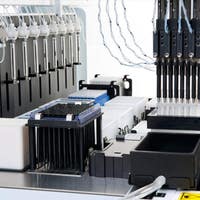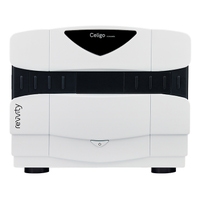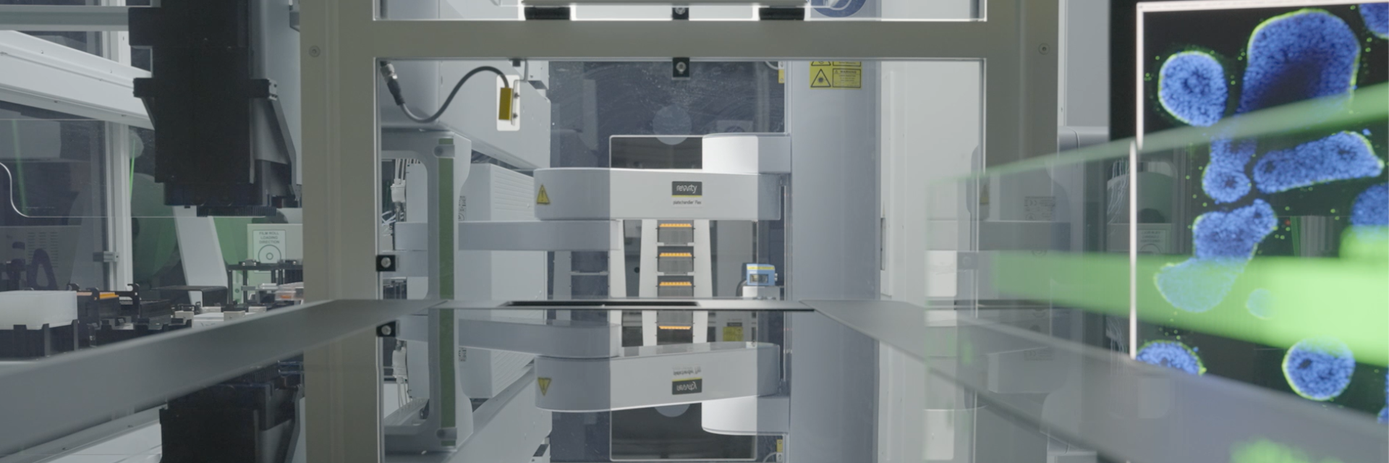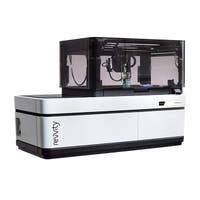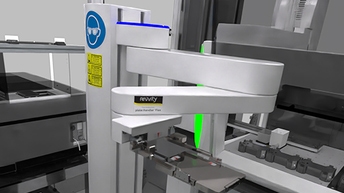
Organoids are becoming increasingly popular advanced cell-based model systems globally. Dr. Nathan Godde, manager of the Australian Organoid Facility (AOF) shared insights that many pharmaceutical companies are starting to move away from animal-based models. It is recognized that human stem cell derived models allow for greater predictability of efficacy and toxicity in humans before drugs move into clinical trials. Ultimately, this enables a lower the attrition rate of new molecular medicines under development at the clinical phase.
Today, Dr. Nathan Gödde and Prof. Ernst J. Wolvetang shared their experiences of collaboration with Team Revvity Australia:

Our goals for collaboration
The AOF is a strategic investment to utilize advance automation systems to accelerate the uptake and broader use of organoids across Australia.
Nick Glass: What Revvity aimed to achieve was to take our flagship equipment that can be applied to iPSC culture and adapt it for the use of organoid production. This includes our premier Opera Phenix™ as well as our JANUS® G3 liquid handling system, integrated into a plate handler system. This system integrates several other pieces of critical equipment, including incubation for cell culturing and refrigerative storage for media and reagent storage. The Celigo™ allows for cell counting to support the whole workflow.
Why Revvity?
Revvity has built a trustful partnership with AOF at the University of Queensland previously by establishing the automation system to control the guided differentiation of stem cells.
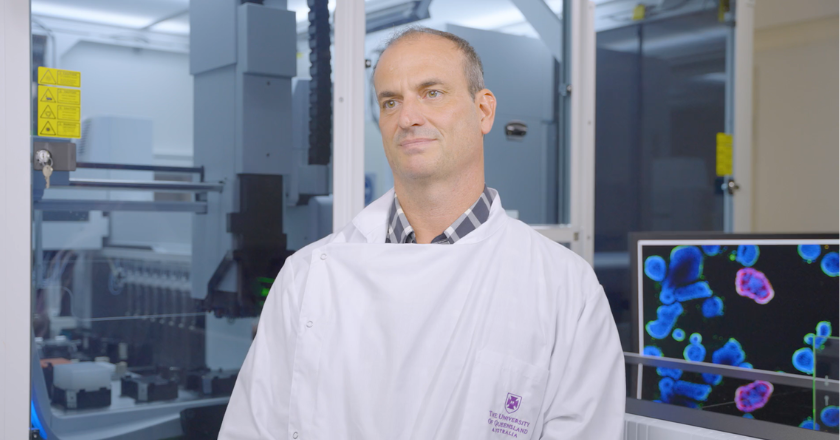
Dr. Nathan Gödde: Revvity is natural partner for us. Revvity has a long history in supporting diagnostic laboratories in the region and is the partner that fulfills our need: Their platform enables the AOF to establish a high level of quality control and reproducibility in the organoids that we produce.
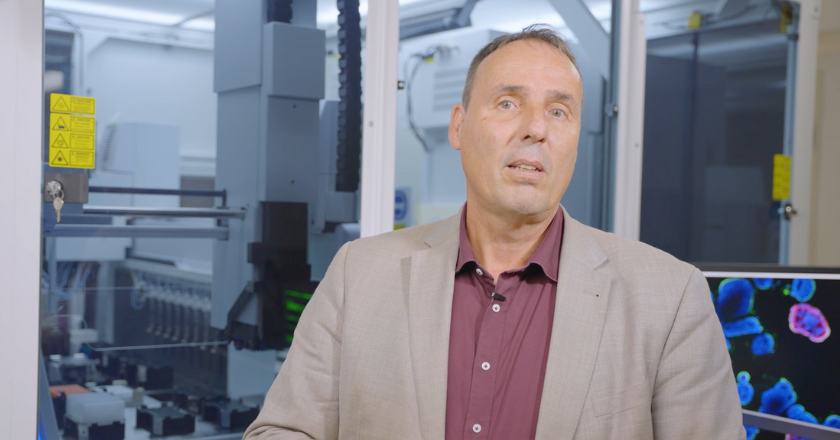
Prof. Ernst J. Wolvetang: The Revvity team offers constant technical support and visits the site regularly and are really responsive to our needs. The Australian team come in and fix issues if they arise, and in addition their application scientists work side by side with us to further develop new capabilities. I find it unique and refreshing to work with Revvity, it truly is a partnership focused on innovation and working towards improved health care.
Future of Organoids
Dr. Nathan Gödde: Organoid technology is going to be a massive growth industry over the next 10 years. AOF also expects that utilization of organoids will lead to better outcomes for clinical trials: this will support advances in personalized medicine, ultimately enabling future cell and gene therapies, and support breakthroughs in regenerative medicine. The modular design of the Cell Explorer allows us to futureproof our facility combined with Revvity’s support and services, puts us in the best position to be able to achieve these goals.
The Australian Organoid Facility is a not-for-profit automation facility, providing quality-assured organoids for basic, translational and contract research.
AOF is to help Queensland researchers access organoids reliably and affordably to accelerate 3D biological research in Australia. AOF uses state-of-the-art automation technologies to produce organoids at low cost. AOF is equipped with Revvity to optimally develop new organoid systems at scale and to perform sophisticated high-content analysis on complex 3D biological systems.
Revvity’s core value
Antoniette Violo: The collaboration with the Australian Organoid Facility is a genuine example of Revvity’s core value: Partnering with purpose. Revvity endeavors to partner with scientists and develop innovative workflow solutions that support them accomplish the goals faster.
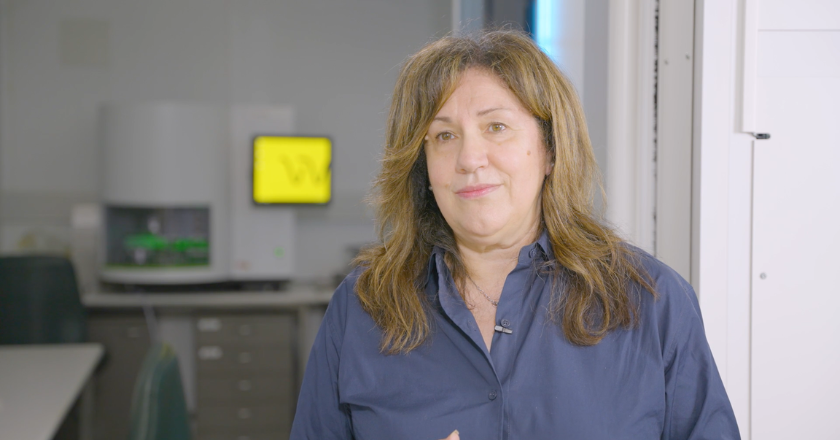
Antoniette highlighted the proven track records of significant partnership with researchers around Australia and New-Zealand. Revvity accelerates discoveries leading to meaningful impacts on human health, from precision oncology to systems biology. At Revvity, we work with researchers to understand the challenges they face today and try to develop solutions to overcome these hurdles.
To learn more about navigating organoid culture and analysis challenges, download our guide and find innovative solutions to enhance your organoid research.
For research use only. Not for use in diagnostic procedures.
Featured products
